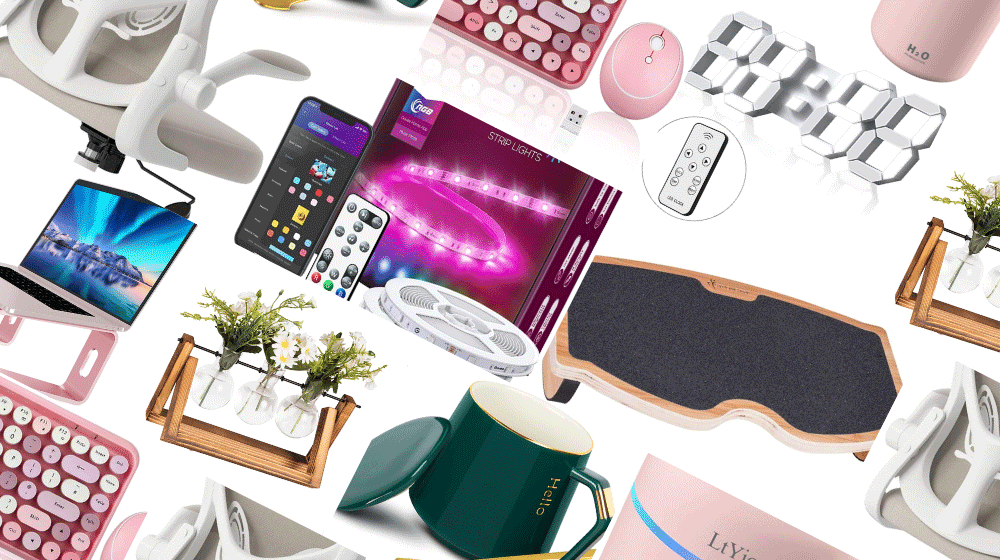I'm not someone who prefers a night in over a night out, if I'm honest. But with a rise in drink spikings, the cost of alcohol and this endless winter we seem to be having, I don't mind spending a few of my weekends having a quiet evening in with a cute cocktail or two. And this is where my drinks trolley has received a lot of foot traffic.
I actually created my own drinks trolley myself, and my DIY instructions are without a doubt the most popular article on this blog. It cost me less than £100 to make, and it's moveable and practical without compromising on style.
Drinks trolleys are the perfect place to house a collection of house spirits and gin mixers. Before I had one, I would store them away in a kitchen cupboard. But some bottles are just too pretty to hide!
And I'm not the only one who thinks this. The humble drinks trolley has become a bit of a must-have in the home in the past few years. Here's the story behind its cultural rise, the reasons why you need one, and how to pick the best drinks for your own beverage bureau.
Rise of the rolling bar
The rapid rise of the rolling bar is no exaggeration. In fact, when looking at the past 15 years, it’s clear that its popularity has only recently rocketed. Hitting a peak between Christmas and New Year’s Eve in 2020, Google searches for ‘Drinks Trolley’ were 171 per cent higher last year than the average three previous years. In the past ten years, its search popularity has exploded 3,480 per cent. But what’s spurring on the drinks-on-wheels revolution?
Ask around your friends and find out what their favourite drinks are. Chances are that they won’t all choose a simple gin and tonic. Our tastes vary, while new cocktail recipes mean that it can take a lot to please everyone at a party. According to a study by Fentimans, the UK’s favourite cocktail is the vodka martini. But how many kitchens have both vermouth and vodka at the ready?
Entertaining is the ultimate millennial pastime. But keeping drinks full and good times flowing can be a difficult balance to achieve. The drinks trolley represents an open home, where guests shouldn’t be afraid to get their own top-up when their glass runs dry.
Standing opposed to the classic liquor cabinet, the drinks trolley isn’t hidden behind glass doors where your home stock may as well be locked away. While a liquor cabinet might create a this is my drink and my drink only atmosphere, the drinks trolley does not share this sentiment. It presents a buffet of spirits and mixers, meaning that you and your guests are always spoilt for choice — nothing is off the table.
People that have a drinks trolley are the centre of their social circle, with friends flocking to their homes for Netflix nights and board game events. If that sounds like you, or someone you want to be, the drinks trolley is your ticket to fun.
Stocking up
Choosing your drinks trolley is one mission, choosing the drinks to go in it is another story. A sleek, classic design that still fits your interior is essential. Gold and silver trimmings are popular and can add some glamour to a trolley with an already ornate presence.
The rise of the drinks trolley runs parallel to the popularity of homemade cocktails. Searches for ‘bartender kits’ have risen by 1,233 per cent in the last ten years. Even now, the demand for stay-at-home cocktails continues to grow. But what should you stock your drinks trolley with to get full use of your bartender kit?
The roaring twenties are happening all over again, and a great time begins with classic cocktails to thrill any drinks connoisseur. Find your drinks trolley, stock your favourite drinks, and enjoy entertaining or relaxing with your favourite beverage.


































